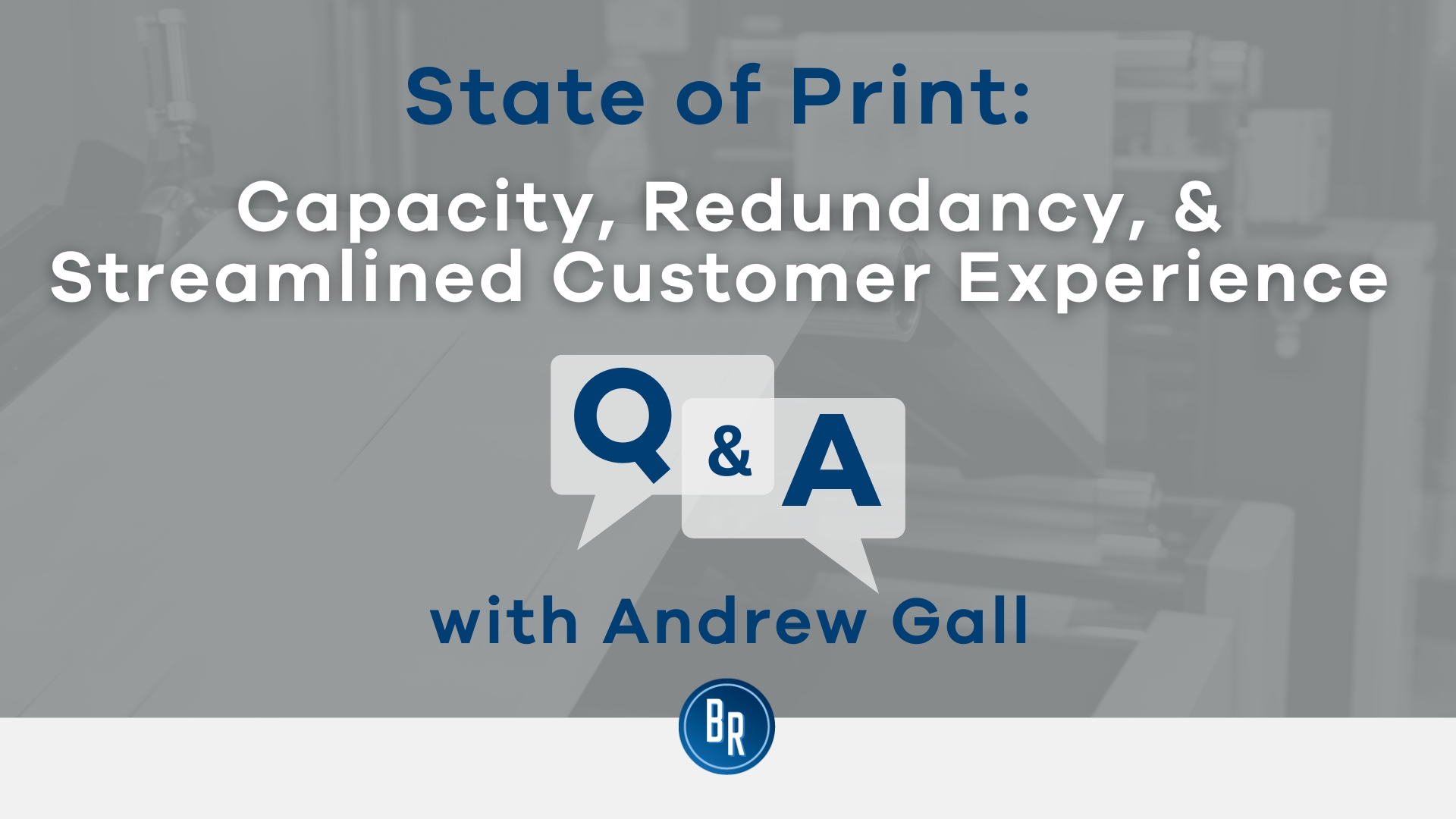If a Company Goes Bust Who Pays Redundancy? Lawful Insights for UK Personnel
If a Company Goes Bust Who Pays Redundancy? Lawful Insights for UK Personnel
Blog Article
Exploring the Operational Dynamics of Business Redundancy and Its Long-Term Sustainability

Redundancy Approaches for Service Continuity
In order to guarantee undisturbed operations, organizations must execute efficient redundancy methods for business continuity. Redundancy in this context describes the replication of crucial elements or functions within a system to mitigate the effect of prospective failures. By integrating redundancy techniques, companies can improve their durability against interruptions caused by numerous aspects such as natural disasters, tools failures, or cyber-attacks.
One common redundancy approach is the implementation of backup systems and information storage services. This includes creating duplicates of essential data and systems that can be triggered in instance of a main system failure. Additionally, organizations can establish repetitive interaction channels and power resources to preserve connection and procedures throughout unanticipated occasions.
Moreover, cross-training employees to execute multiple duties within the company can offer as a valuable redundancy technique. If essential personnel are unavailable due to health problem or other factors, this makes sure that necessary jobs can still be carried out also. Overall, effective redundancy strategies are vital for services to maintain functional continuity and reduce the influence of potential interruptions.
Impact of Redundancy on Organizational Durability
Given the critical role redundancy techniques play in guaranteeing company connection, exploring the effect of redundancy on business strength ends up being critical for understanding the holistic functional characteristics of a business. Organizational durability refers to an entity's ability to adapt to interruptions, recoup from obstacles, and transform when required while preserving core features. Redundancy, when purposefully executed, can considerably contribute to enhancing a company's strength in the face of unforeseen obstacles. By having back-up systems, workers, or processes in location, business can better withstand shocks and continue procedures with marginal disturbance.
Additionally, redundancy can boost employee morale and confidence, recognizing that there are contingency strategies in position to attend to unpredicted conditions. This sense of security can lead to boosted efficiency and a more favorable work atmosphere. In addition, redundancy can promote innovation and creative thinking within an organization as workers feel encouraged to take calculated threats, recognizing that there is a safety and security internet to support them in case of failure. On the whole, the influence of redundancy on organizational resilience is profound, shaping the long-lasting sustainability and success of a business.
Stabilizing Performance and Versatility in Redundancy
Accomplishing an unified stability between operational effectiveness and flexible flexibility is a critical difficulty in the strategic release of redundancy within companies. Efficient operations are vital for maintaining productivity and cost-effectiveness, guaranteeing that sources are utilized ideally. However, excessive focus on performance alone can bring about rigidity, making it hard for companies to adjust to unanticipated changes or challenges. On the various other hand, versatility enables companies to react nimbly to progressing scenarios, promoting advancement and durability. Yet, way too much adaptability without a strong functional foundation can result in inadequacies and inconsistency.
To balance efficiency and versatility in redundancy planning, companies must carefully evaluate their operational needs, market characteristics, and calculated goals. Eventually, locating the appropriate stability in between effectiveness and flexibility is vital for constructing a sustainable and resilient company in the face of unpredictability.
Long-Term Sustainability Through Redundancy Planning
To guarantee enduring viability and security, organizations have to purposefully align their redundancy preparation with lasting sustainability goals, consequently harmonizing functional efficiency with adaptive flexibility. Companies should view redundancy not as a responsive option to prompt troubles but as a proactive method for long-term success.

Aggressive Measures for Lasting Business Workflow
How can firms proactively enhance their functional sustainability for long-lasting success? Implementing positive actions is important for business intending to guarantee sustainable procedures. One vital method is to purchase technology and development to enhance processes, reduce waste, and stay affordable in the market. Embracing lasting methods such as lowering power consumption, minimizing carbon footprint, and enhancing source usage can not just profit the setting yet additionally bring about cost financial savings in the long run.
In addition, fostering a culture of continuous enhancement and learning within the company can boost adaptability to transforming market conditions and client needs. Urging staff member involvement in decision-making processes and giving chances for expert growth can increase morale, efficiency, and general performance. Developing clear goals, monitoring vital performance signs, and frequently examining development are vital parts of aggressive sustainability administration.
Collaborating with distributors, consumers, and various other stakeholders to promote lasting techniques throughout the supply chain can develop a causal sequence of favorable effect - redundancy pay if company goes bust. By taking proactive actions towards operational sustainability, business can develop resilience, drive development, and protect their long-term success in an ever-evolving business landscape
Final Thought

In the world of business management, the calculated implementation of firm redundancy stands as a crucial yet intricate practice that requires a delicate equilibrium in between operational performance and long-lasting feasibility. By studying the functional characteristics that underpin business redundancy and assessing its more comprehensive ramifications for business durability and versatility, Look At This a nuanced understanding of just how redundancy strategies can form the future trajectory of a firm begins to unfold.Provided the crucial duty redundancy strategies play in making certain business continuity, discovering the effect of redundancy on business strength comes to be critical for understanding the hop over to here alternative functional characteristics of a business. On the whole, the influence of redundancy on organizational resilience is extensive, shaping the long-lasting sustainability and success of a business.
In final thought, recognizing the operational characteristics of business redundancy is essential for making sure lasting sustainability.
Report this page